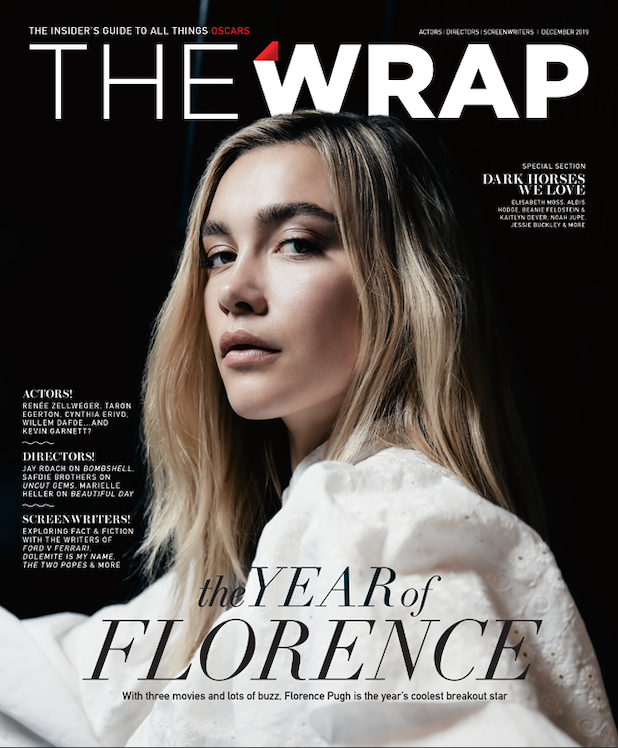‘A Beautiful Day in the Neighborhood’ Writers on What’s Fact and Fiction in Mr Rogers Movie
A version of this story about “A Beautiful Day in the Neighborhood” first appeared in the Actors/Directors/Screenwriters issue of TheWrap’s Oscar magazine.
“It’s a delicate dance that you do with your subjects,” said Micah Fitzerman-Blue, one of the two writers of “A Beautiful Day in the Neighborhood,” the film based on the friendship between children’s TV icon Fred Rogers (Tom Hanks) and a cynical journalist based on Esquire writer Tom Junod (Matthew Rhys). To get the rights to Rogers’ life and his work as the host of “Mr. Rogers’ Neighborhood,” he and Noah Harpster spent years working with the Rogers estate — whose head, Bill Eisner, initially told them, “I’m happy to meet with you, but you should know that there will never, ever be a Mr. Rogers movie.”
Over the years, though, Eisner came to trust the writers and eventually granted them access to Rogers’ extensive archives and to his widow, Joanne Rogers. “We listened to her stories, and a lot of them ended up in the movie,” Harpster said. “She really only had one demand, and that was that we not treat Fred as a saint.”
Also Read: 'A Beautiful Day in the Neighborhood' Film Review: Tom Hanks' Mr. Rogers Film Is a Sweet Miracle
But their relationship to the film’s other main subject was different. “Noah and I had read Tom Junod’s wonderful (1998) piece in Esquire, and deep in our research at the Fred Rogers archives we found a box with 200 letters and emails between Fred and Tom that extended up until Fred died in 2003,” Fitzerman-Blue said. “That became the emotional spine of our movie. And then what you have to do as a screenwriter is to condense and cajole a life experience into the narrative confines required to make a satisfying movie.”
They wrote a draft and sent it to Junod, who asked them to change the character’s name because of the differences between his and the character’s life stories. Fitzerman-Blue and Harpster, who admitted they exaggerated the degree of conflict between the writer character and his father and based other material on their own experiences as new fathers, renamed the character Lloyd Vogel.
“It was only after Tom saw the movie,” Fitzerman-Blue said, “that he realized the much deeper ways in which he and the Lloyd Vogel character are so similar, which is what we were trying to achieve from the outset.”
But the other main character, they admit, was their top priority. “Getting Fred right was the biggest challenge of our job as screenwriters,” Harpster said.
Then again, they were never trying to be strictly accurate — that much is obvious as soon as the film begins and we see that the entire story is being framed as an episode of “Mr. Rogers’ Neighborhood.”
“We always wanted to frame the movie as an episode of the show for grown-ups,” Fitzerman-Blue said. “And by so doing, it gave us certain creative license to play with the form, to add surreal components, to use miniatures. And it allowed us to do what we wanted the movie to accomplish, which wasn’t to give our audience the traditional three-act biopic but to give them the experience of spending real time with Fred Rogers.”
To read more of the Actors/Directors/Screenwriters issue, click here.

Read original story ‘A Beautiful Day in the Neighborhood’ Writers on What’s Fact and Fiction in Mr Rogers Movie At TheWrap